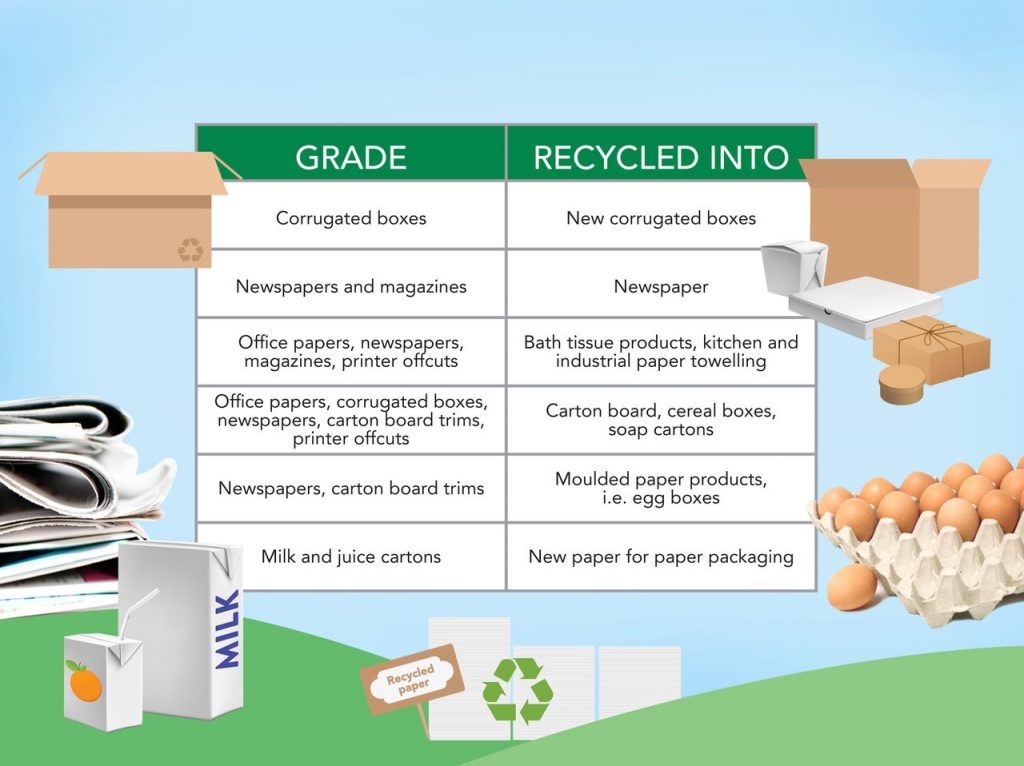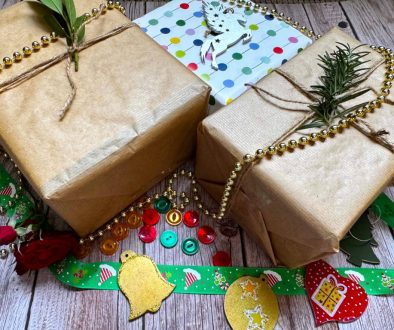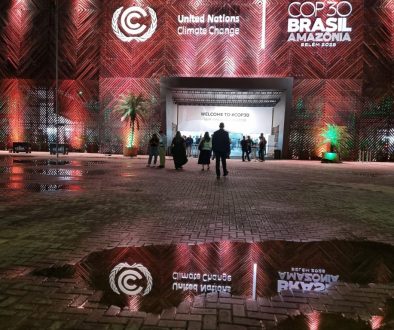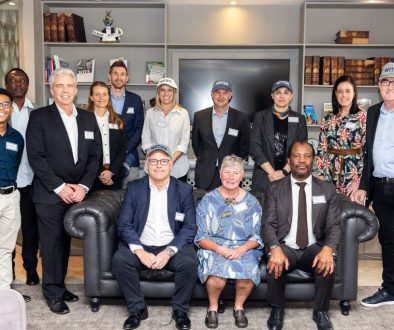Seven habits for effective recycling at school
Recycling. A word that either fills you with delight or dread. Perhaps you’ve tried recycling in your classroom or at your school but couldn’t an effective collection system going. Maybe you’re hooked and love to see how little waste from your lessons is going to landfill. Or maybe you’re trying but you’re not getting the support you need.
RecyclePaperZA, the South African paper recycling association, is here to help. Every day, we use paper and cardboard – from lesson plans to work books, from merit charts and certificates to report cards, from magazines to newspapers. There are juice boxes, milk cartons and paper cups.
The act of separation-at-source is the first step in the recycling process. It helps to reduce the amount of re-usable paper-based material going to landfill by keeping it clean and dry before until it reaches paper mills that make it into new products that we use every day.
Last year, the paper recycling industry, conscientious consumers and thousands of collectors kept 1.3 million tonnes* of paper, paper boxes and liquid packaging out of landfill. This amount would fill 1,539 Olympic-sized swimming pools.
Recycling also creates employment – from the people who walk the streets with their trolleys to big companies employing thousands of people.
And this is just paper. Through effective separation-at-source and recycling, thousands of tonnes of other recyclables – plastic, glass and tin – are kept out of our landfills and used as raw materials for new products.
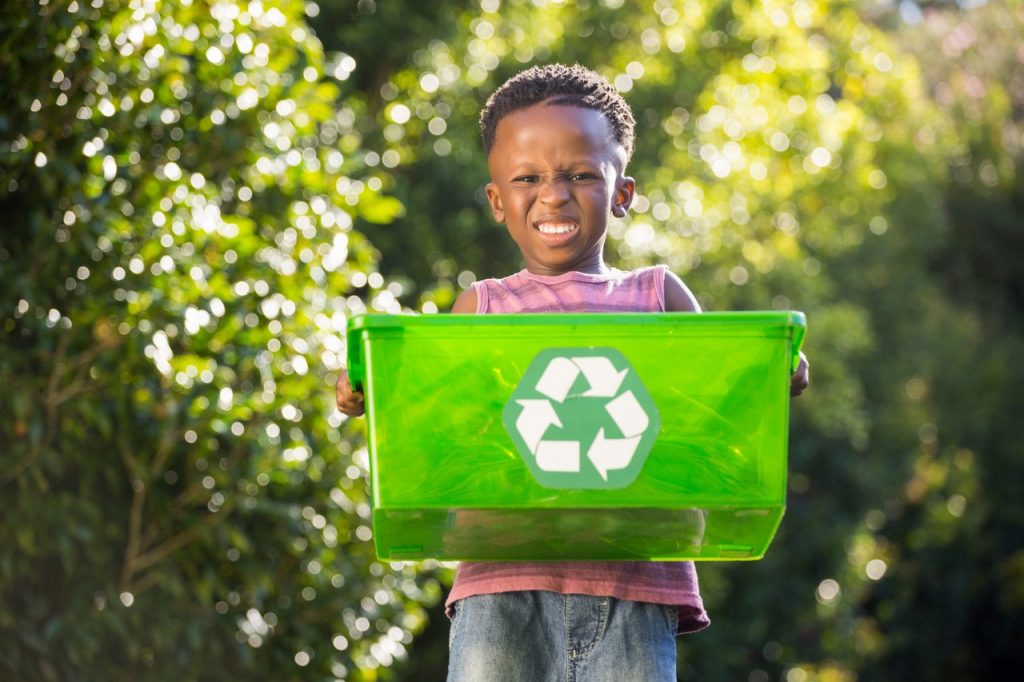
Recycling. A word that either fills you with delight or dread. Perhaps you’ve tried recycling in your classroom or at your school but couldn’t an effective collection system going. Maybe you’re hooked and love to see how little waste from your lessons is going to landfill. Or maybe you’re trying but you’re not getting the support you need.
RecyclePaperZA, the South African paper recycling association, is here to help. Every day, we use paper and cardboard – from lesson plans to work books, from merit charts and certificates to report cards, from magazines to newspapers. There are juice boxes, milk cartons and paper cups.
The act of separation-at-source is the first step in the recycling process. It helps to reduce the amount of re-usable paper-based material going to landfill by keeping it clean and dry before until it reaches paper mills that make it into new products that we use every day.
Last year, the paper recycling industry, conscientious consumers and thousands of collectors kept 1.3 million tonnes* of paper, paper boxes and liquid packaging out of landfill. This amount would fill 1,539 Olympic-sized swimming pools.
Recycling also creates employment – from the people who walk the streets with their trolleys to big companies employing thousands of people.
And this is just paper. Through effective separation-at-source and recycling, thousands of tonnes of other recyclables – plastic, glass and tin – are kept out of our landfills and used as raw materials for new products.
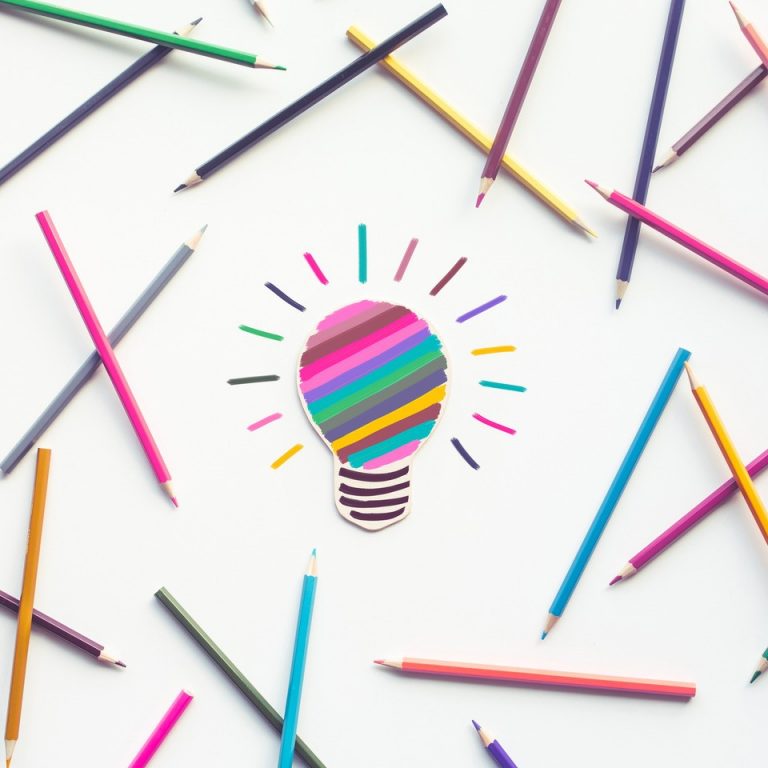
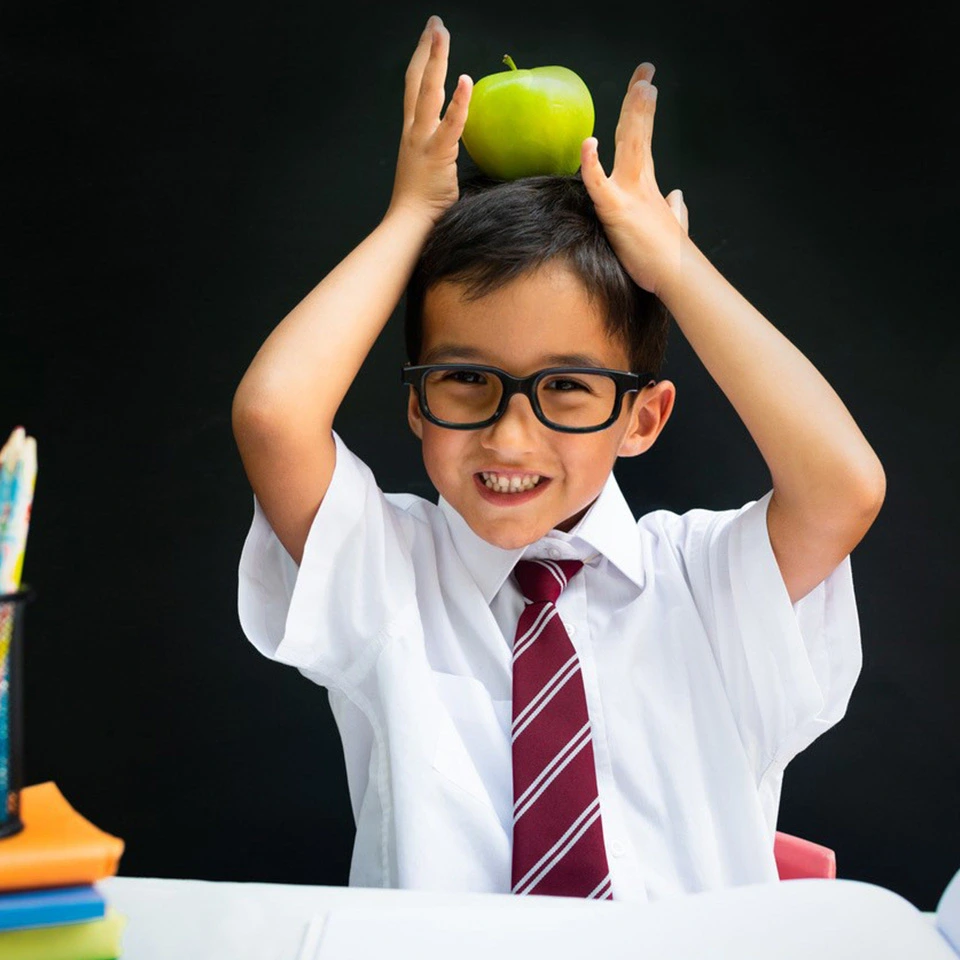
By making these small changes, you can make a big difference. When you see the reduction in your weekly waste-to-landfill, you will realise the positive impact your school is making. Eventually it becomes second nature.
For more information, please visit www.recyclepaper.co.za.
* This represents 70% of the 1.8 million tonnes of paper available for recovery and excludes books, archived records and unrecyclable paper like toilet tissue.
